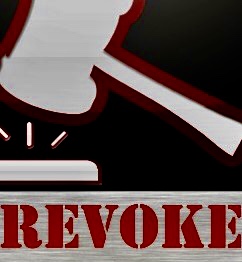
Trevor Todd and Jackson Todd have over sixty years combined experience in handling contested estates, including the removal of executors.
The law relating to the removal of an executor was summarized in Nand Estate (Re), 2022 BCSC 1718 and followed in Re Walker Estate 2024 BCSC 250.
The Court has power, under both s. 30 of the Trustee Act, R.S.B.C. 1996, c. 464 as well as its own inherent jurisdiction, to make an order removing a trustee: Dirnberger Estate, 2016 BCSC 439 [Dirnberger Estate] at para. 9, citing Morelli v. Morelli, 2014 BCSC 106 at para. 29.
Section 158(3) of the WESA allows the Court to remove a person entitled under a will from being a personal representative in the circumstances enumerated in that section. Subsection 158(3)(f)(iii) allows for removal where the personal representative is:
(iii) otherwise… unable to or unreasonably refuses to carry out the duties of a personal representative,
to an extent that the conduct of the personal representative hampers the efficient administration of the estate
Notwithstanding that jurisdiction, courts are very hesitant to interfere with the discretion of the will-maker to remove an Executor. To do so, good reason must be shown for believing that the interests of a person entitled under the will are in danger: Re: Estate of Andre Jacques Blitz, Deceased, 2000 BCSC 1596 at para. 20.
Indeed, in deciding whether to remove an estate’s trustee, the Court’s main guide should be “the welfare of the beneficiaries”: Crawford v. Jardine, 1997 O.J. No. 5041 (Ont. Ct. (Gen. Div.)) at para. 18.
In Dirnberger Estate, at para. 11, the Court set out the four categories of conduct on an Executor’s part that will warrant removal as follows:
a) endangerment of the trust property;
b) want of honesty;
c) want of proper capacity to execute the duties; and
d) want of feasible fidelity.
In Parker v. Thompson (Trustee) 2014 BCSC 1916, at paras. 35 to 43, the Court added “actual dishonesty” and “lesser basis of a trustee’s ability to act impartially” as bases for removing a trustee.
It also reiterated the removal of a trustee “should not be lightly entertained”, and citing Radford v. Radford Estate, 2008 CarswellOnt 5297, 43 E.T.R. (3d) 74, set out a number of other considerations to apply when considering an application for the removal of a trustee. They are:
• removal must be the only course to follow;
• non-removal must likely prevent the proper execution of the trust; and
• removal is not intended to punish for past conduct.
The existence of friction between a trustee and one or more of the beneficiaries is usually not sufficient, of itself, to justify the removal of the trustee: Dirnberger Estate at para. 10, citing Erlichman v. Erlichman, 2000 BCSC 173 at para. 8.




